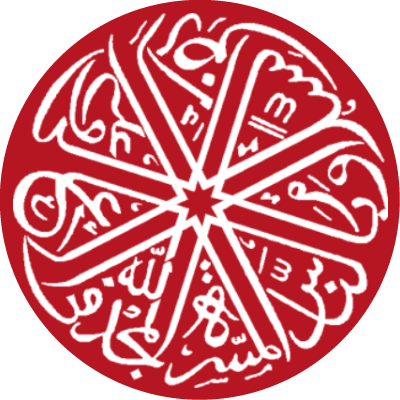| Fields | FI | SI | Content |
|---|---|---|---|
| 001 | A57593 | ||
| 003 | https://data.diamond-ils.org/agent/57593 | ||
| 005 | 20140911090907.0 | ||
| 100 | . | . | $a 20101111 a fre y50## #### ba0 |
| 101 | . | . | |
| 102 | . | . | $a XX |
| 120 | . | . | $a # b |
| 103 | . | . | |
| 200 | . | 1 | $7 ba0y ba 0 y $8 |
in Avicenna and his Legacy : a Golden Age of Science and Philosophy / Edited by Y. Tzivi Langermann
in Oriens / Journal de la Société internationale d'études orientales = Journal of the International Society for Oriental Research : Zeitschrift der Internationalen Gesellschaft für Orientforschung : Milletlerarasi şark tetkikleri cemiyeti mecmuasi
Science and religion in Mamluk Egypt : Ibn al-Nafis, pulmonary transit and bodily resurrection
Nahyan Fancy
London ; New York : Routledge Taylor and Francis group ; 2013
Womb heat versus sperm heat: Hippocrates against Galen and Ibn Sīnā in Ibn al-Nafīs’s Commentaries
Nahyan Fancy, DePauw University
in Oriens / Journal de la Société internationale d'études orientales = Journal of the International Society for Oriental Research : Zeitschrift der Internationalen Gesellschaft für Orientforschung : Milletlerarasi şark tetkikleri cemiyeti mecmuasi
Post-Avicennan physics in the medical commentaries of the Mamluk period
Nahyan Fancy, DePauw University
in Medical traditions : part II / Edited by Leigh Chipman, Peter E. Pormann, Miri Shefer-Mossensohn
The virtuous son of the rational : a traditionalist's response to the falāsifa
Editions 1
Womb heat versus sperm heat: Hippocrates against Galen and Ibn Sīnā in Ibn al-Nafīs’s Commentaries
Ibn al-Nafīs composed lemmatic commentaries on Hippocrates’ Aphorisms and Ibn Sīnā’s entire Canon of Medicine. While he regularly challenges, critiques and refutes Ibn Sīnā’s positions in his Commentary on the Canon, Ibn al-Nafīs generally upholds the validity of each Hippocratic aphorism. This suggests that he considered Hippocrates the supreme authority in medicine over Ibn Sīnā (and even Galen). Through an analysis of his commentary on the Hippocratic Aphorisms, Book Five, aphorisms 42 and 48 (on the causes and consequences of bearing male children), and how he deploys them in his commentary on the analogous chapters from the Canon, we shall see how Ibn al-Nafīs establishes the validity of these aphorisms using his own understanding of generation. This tight interweaving of the Aphorisms and his physiology allows Ibn al-Nafīs to marshal the authority of Hippocrates to simultaneously undercut the positions of Ibn Sīnā, Galen and other adversaries, and to elevate the authority and validity of Ibn al-Nafīs’s own (novel) positions.
Editions 1
Post-Avicennan physics in the medical commentaries of the Mamluk period
Recent work has shown that Islamicate philosophers engaged meaningfully with Ibn Sīnā’s transformation of Aristotelian physics, particularly his new understanding of motion at an instant and his new category of positional motion. Although Ibn Sīnā considered medicine a derivative science of physics, little work has been done to determine the impact of the new Avicennan physics on medicine. In this paper, I shall examine the discussions on motion contained in the sections on pulse within seven medical commentaries produced between 1200 and 1520 CE. The examination will reveal that Ibn al-Nafīs’s novel, non-Galenic application of the Avicennan category of positional motion to pulse generated an invigorating debate amongst later commentators. Consequently, the paper shows that: a) Ibn al-Nafīs’s transformations of Galenic/Avicennan medical theory were widely discussed in subsequent commentaries; and b) Mamluk-era medical writers continued to engage in philosophical discussions despite Ibn Sīnā’s epistemological arguments against doing so.
Editions 1

